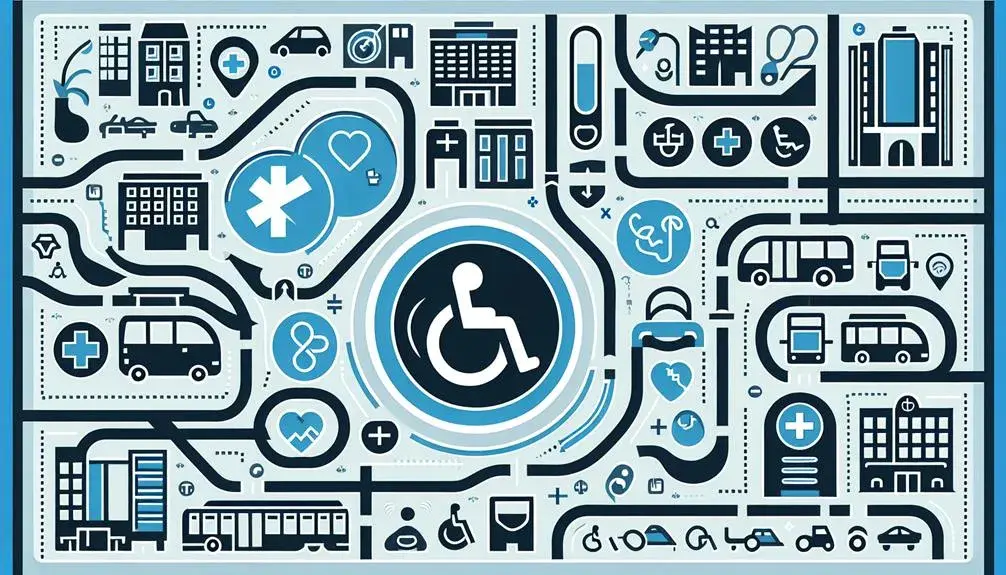In the dynamic landscape of healthcare services, the strategic selection of medical office space rental emerges as a critical determinant of patient reach. Location accessibility, in particular, plays a pivotal role in shaping the patients’ ease of access, their satisfaction, and ultimately their choice of healthcare provider. As such, understanding the nuances of location accessibility can provide invaluable insights for healthcare providers seeking to maximize their patient base. While the importance of location is well established in the retail and hospitality sectors, its impact in healthcare is a relatively unexplored domain, presenting an intriguing avenue for further exploration.
Grasping Location Accessibility.
In the realm of medical office rentals, understanding location accessibility is crucial, as it directly impacts a healthcare provider’s ability to effectively serve their patient base. The location should be easily reachable for all patients, with consideration for public transport links, parking facilities, and proximity to other necessary amenities. Furthermore, the office should be situated in an area that is within the geographical reach of the target patient demographic. Consideration should also be given to the office layout and building accessibility, particularly for patients with mobility issues. By prioritizing location accessibility, healthcare providers can ensure they are optimally positioned to deliver top-quality care to their patients while fostering a sense of belonging and ease of access.
Impact of Location on Patient Reach
Building on the notion of location accessibility, the geographical placement of a medical office significantly influences its patient reach, dramatically affecting the healthcare provider’s ability to serve their community effectively.
Proximity: A medical office in close proximity to a densely populated area or with easy access from multiple districts can serve a larger patient base. Transportation: The availability of public transportation and parking facilities can increase accessibility, thereby expanding patient reach. Visibility: High-visibility locations can attract more walk-in patients and increase awareness of the facility. Nearby Amenities: A location near pharmacies, laboratories, or other healthcare facilities can enhance patient convenience, thereby potentially increasing loyalty and repeat visits.
Hence, strategic location choice is crucial to maximizing patient reach and providing quality healthcare services.
Conclusion
In conclusion, location accessibility greatly influences the patient reach of medical offices. An interesting statistic shows that 72% of patients are willing to travel for more than 20 minutes only when the healthcare facility offers specialized services. For general healthcare needs, proximity plays a pivotal role. Therefore, medical office space rental should strategically consider location accessibility to maximize patient reach and provide convenient healthcare services.

